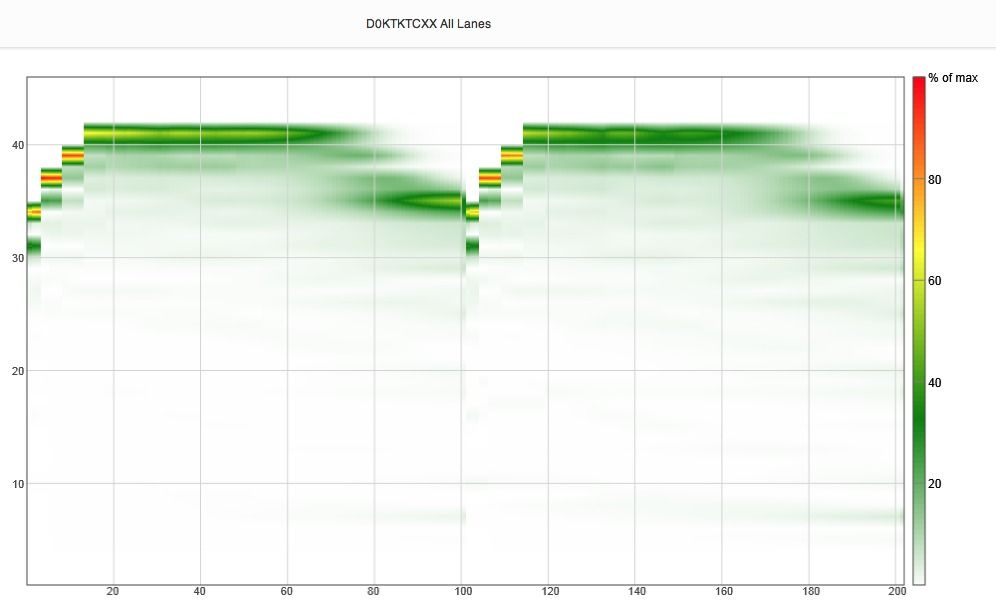The data set from the quick run mode on the HS2500 posted isn't too hopeful to have the proposed MiSeq run quality with a shorter run. Is it still spec'd to run PE-150 at a decent % >Q30?
>= Q30 90.2% 123.7G
R1 92.9% 63.7G
R2 87.5% 60.0G

>= Q30 90.2% 123.7G
R1 92.9% 63.7G
R2 87.5% 60.0G


Comment